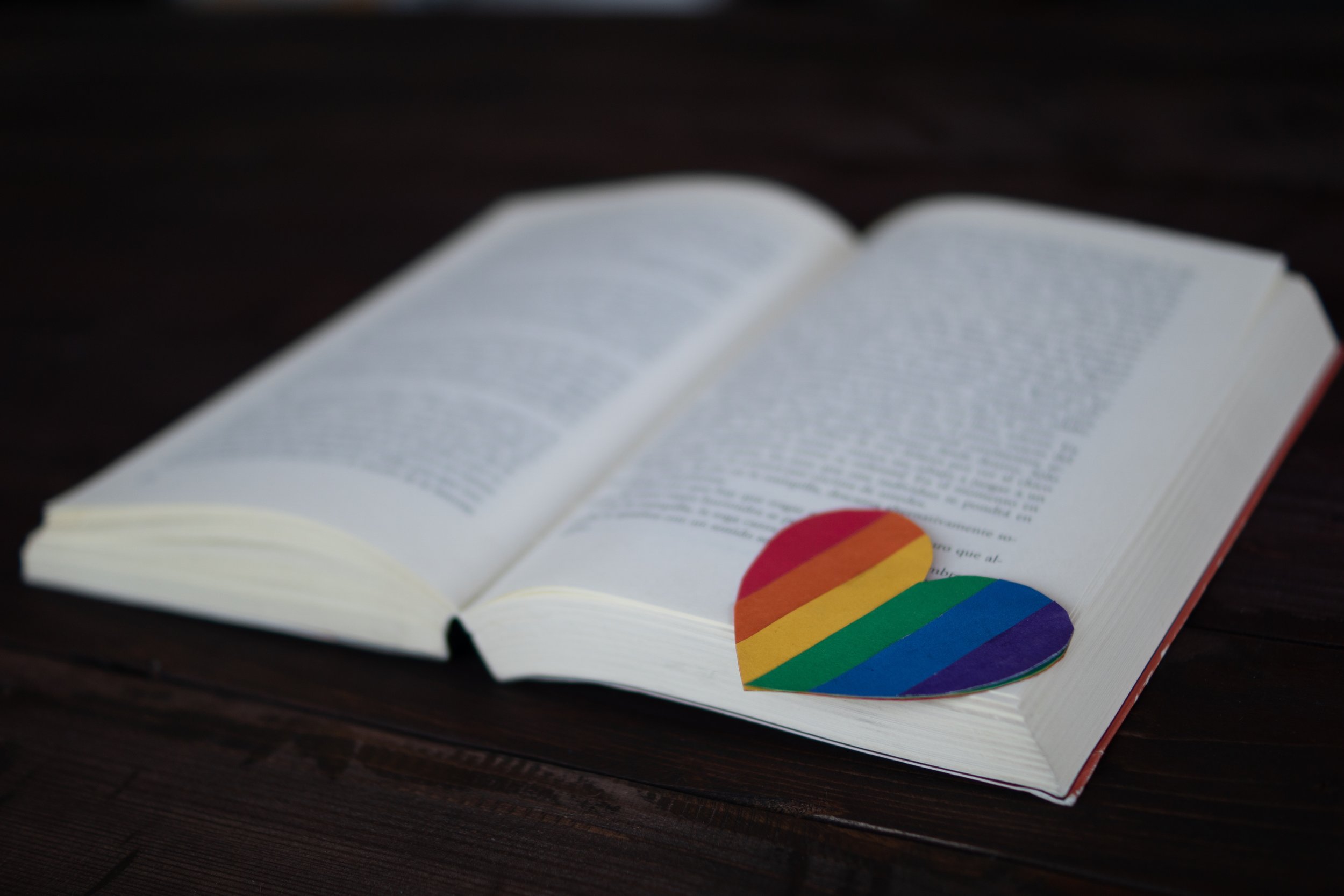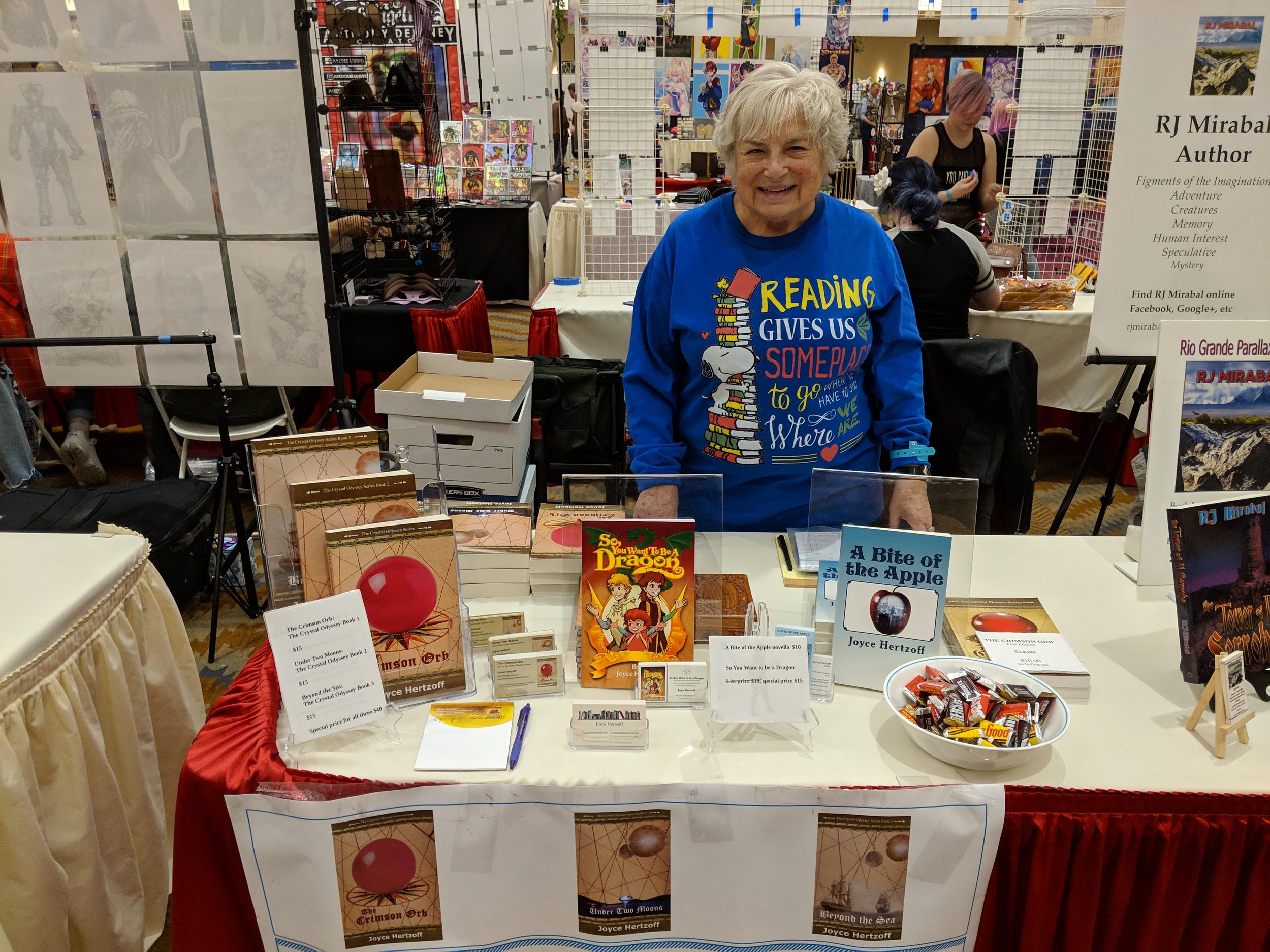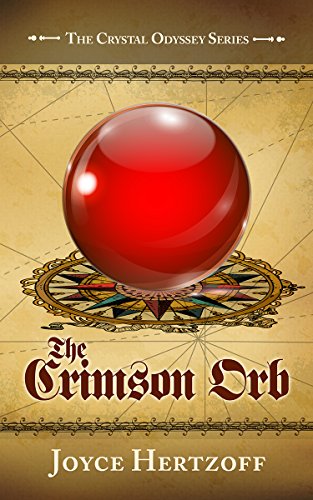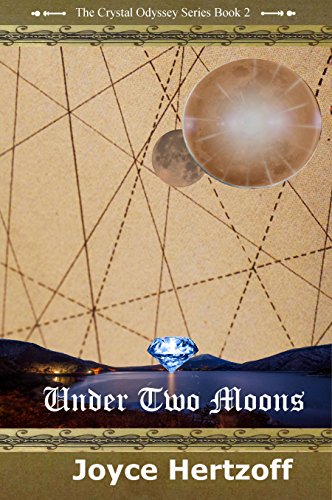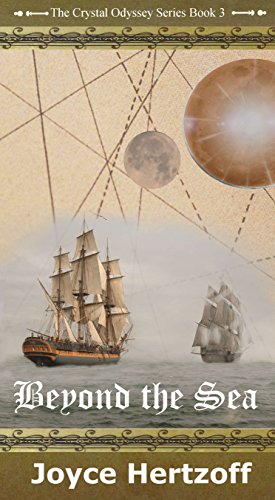I’m so happy M.D. Neu asked me to come say hello and to talk about the value of queer historical fiction for today’s readers. I thought I’d start by addressing some of the common questions I get about writing queer historical fiction. Let’s get going!
Why Historical Fiction?
Well, to start with, I like history. I think it’s fascinating to compare how things were in the past to how they are now, and to think about what’s better and what’s worse. Also, good historical fiction grounds us in a world that’s not make-believe (like a good fantasy novel, for instance), but also isn’t exactly our world either. It lets us see ourselves, but at a distance.
And that distance allows us to see our own challenges in a different light, perhaps even a light that illuminates a path forward that may have otherwise remained hidden.
Does it take a lot of research to write historical fiction?
Tons! But that’s all part of the fun. For instance, when I was writing Dublin Bay, I wanted to include a scene where the characters took a train from Dublin to Belfast. But the story takes place during World War Two, and Belfast—as part of the United Kingdom—was at war, while Dublin—as part of neutral Ireland—was not. So I had to figure out what kind of border crossing controls were in place between the two countries. It turns out there was a lot of cross-border smuggling going on, mostly of foodstuffs (think butter, milk and beer) from Ireland into Northern Ireland where there was much tighter rationing.
And of course, since I was writing about queer characters, I had to figure out what their lives would have been like, and how a modern reader might respond. In Dublin Bay, I wanted James and Otto to be likable, but they are necessarily living their lives “in the closet”—as we would say today—although the term didn’t exist then. At the time, all gay people were functionally in the closet. Queer culture was passed on from individual to individual, frequently from older to younger. I wanted to be true to the times without offending modern sensibilities.
Isn’t that a difficult balance? Do readers get angry about how gay people had to live?
Yes and yes! I did have one reader tell me they were upset that James and Otto couldn’t live openly as gay men. Well, sure. But that’s the value of historical gay fiction, I think. It allows us to see the vast arc of progress, and also how that progress is sometimes measured by two steps forward and one step back. For instance, as a young man in Germany, Otto learned about how open the gay culture was in Berlin prior to the Nazis coming into power. He was too young to have experienced that, so from his perspective, things are moving backward, not forward. James, on the other hand, is just beginning to understand that he needn’t live under the constraints of his religious Irish upbring, so he sees a future opening up.
History is complicated that way, and is experienced in different ways by different people.
Why do you think it’s important for today’s readers to see that?
I think perspective is always useful. And also, I like to show how possible it is, even under dire circumstances, to find happiness. James and Otto make a place for themselves in their world, even with all its risk and limitations. That’s a theme that runs through the book, and the sequel—Turtle Bay (click here to learn more). That we always need to strive to make the world that we need to be happy.
Speaking of Turtle Bay, why the Cold War as the back drop?
Oh, there are so many parallels to today! It feels sometimes like we’re at the start of a new Cold War, and that’s frightening. But it was also a time when people weren’t free to speak their minds, when conformity was expected and enforced.
The story takes place in 1947. It was an exciting time with so much potential! The war was over and America was at the top of its game. I chose to place the story in New York City because that’s where the future was unfolding. Thousands of young gay men flooded into the city after the war—men who knew they could never go back to their lives as they were before the war.
But even as it rose from the war, the country was turning toward a dark time. The FBI started investigating alleged communists throughout the country, and soon expanded their witch hunts to gay men as well.
Is this when McCarthyism started?
Surprisingly, no.
This is another great thing about historical fiction. In 1947, there was still plenty of time for the country to take a different path. But it didn’t, and informed readers will know what’s coming. By the time Senator McCarthy began holding his congressional hearings targeting communists and homosexuals in 1953 it was too late. The country had lost its collective footing by then.
But for Hans and Mason—the protagonists in Turtle Bay—they don’t know what’s coming, and they keep hoping it will get better. Spoiler alert: it doesn’t!
So is queer historical fiction just filled with disappointments?
On the contrary! My books are filled with hope and solutions. All of the characters in Dublin Bay and Turtle Bay overcome the constraints of their times to find love and meaning. And that really is the value of historical fiction. If James and Otto can find love in the midst of World War Two, and Hans and Mason can find love in the midst of the Cold War, then surely we can all find love today.
What was your biggest “ah-ha” moment writing queer fiction?
I think the thing that really resonated for me is the power of names and labels. We’ve all heard the phrase “the love that dare not speak its name,” but until I tried to write about the lives of queer people in the 1940s, to capture their thoughts and conversations, I hadn’t fully understood how disempowering it is to have no words describing who you are and how you love.
The word “gay” was only just coming into use during the 1940s, and wouldn’t become common for many years. “Homosexual”—a terribly clinical term—was the most common term applied, and that was usually accompanied by overtones of criminality and deviance. And for men like Hans from Turtle Bay, who enjoyed dressing in women’s clothes, the only word available—if one was to be used at all—was “invert.” It’s demoralizing and demeaning to be stripped of your identity and made invisible.
The point is illustrated by the following scene from Turtle Bay, which takes place in what we would today call a gay bar:
“There’s an invert here.” Mason lowered his voice even further when he said that, as if mentioning the word out loud would conjure one out of thin air.
“Invert,” Mannix said with disgust. Mason quickly realized the disgust was directed at him, not at the idea of inverts being in the bar. “Do you know how you sound when you use that word? You’re a sanctimonious prick; you know that, Mason?”
The insult stung, but it gave Mason pause. Why was he confronting Mannix in this manner? He knew places like this existed, and he knew Mannix was a homosexual. But it had all been so…theoretical. It hadn’t been put in front of him like this before.
“What am I supposed to call them?” Mason asked.
Mannix grimaced. “That’s just it, isn’t it? There’s no polite word for those men. It’s a way for society to deny their very existence; there’s not even a way to talk about them.”
But probably my biggest lesson from writing queer fiction is to always be aware of how far we’ve come. It’s natural, I think, to be focused on what needs to change, on problems that still exist, on inequities and injustices we need to address. And there sure are plenty of those.
But it’s also important to understand where we are—historically, to appreciate how incredibly far we’ve come. It’s encouraging and heartening to see our progress, and it should give us confidence and optimism as we face the challenges ahead.
And that, in my opinion, is what makes queer historical fiction so invaluable for today’s readers.
What’s next for the Tides of Change series?
Book three—Havana Bay—is currently under development. Get ready to meet an adorable lector (someone whose job it is to read to workers in cigar factories—really, look it up) as he comes under the spell of a glamorous American in exile!
That’s it from me! Thanks again, M.D. Neu, for inviting me to chat with your readers. Happy reading, everyone!
Thank you so much John, for stopping by. I love hearing about all the ways we writers are able to craft our stories, and Historical Fiction is a great way to learn from the past and ensure we don’t make the same mistakes in the future. Well, that’s all for now, until next time have a great week.
John Patrick Bio:















